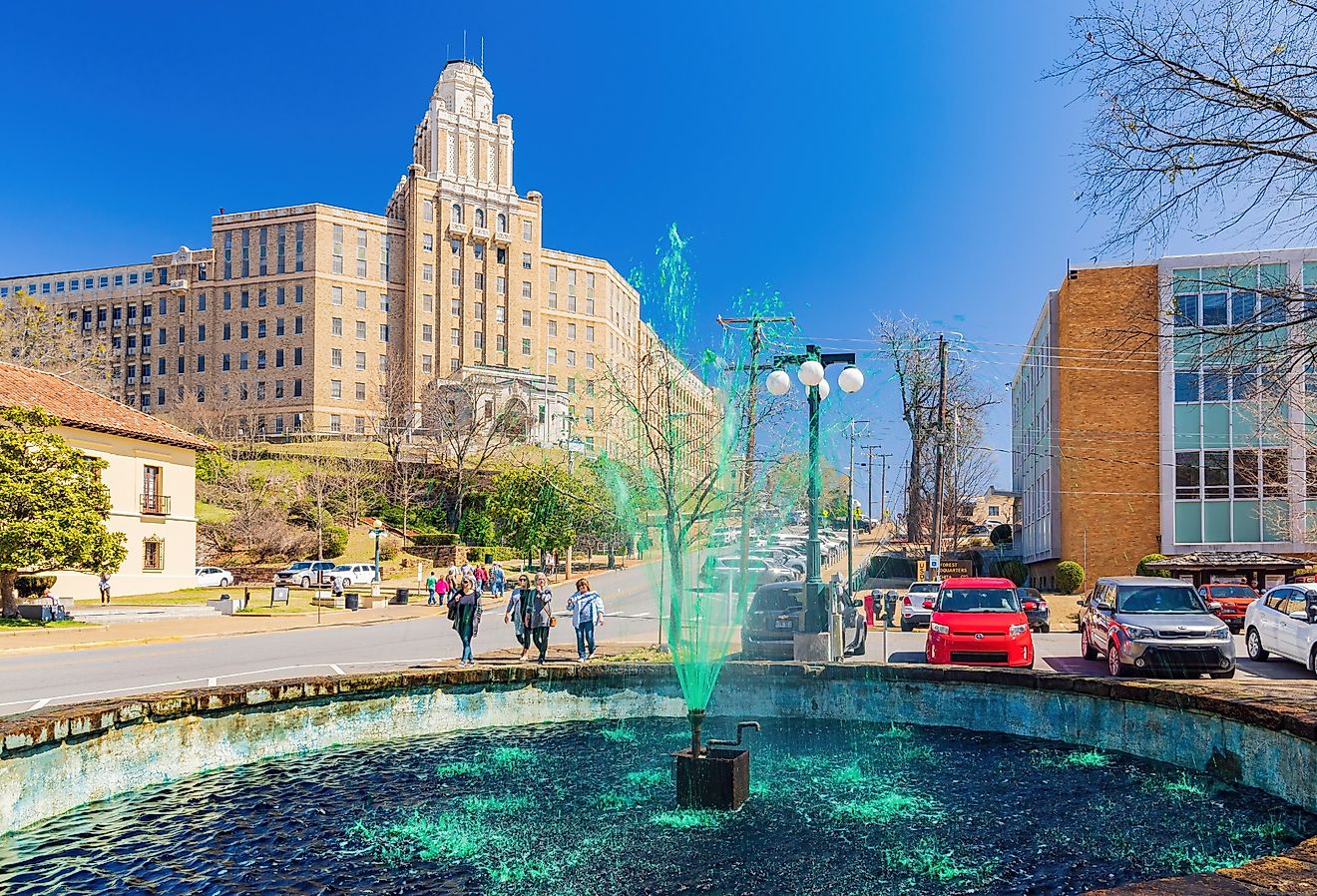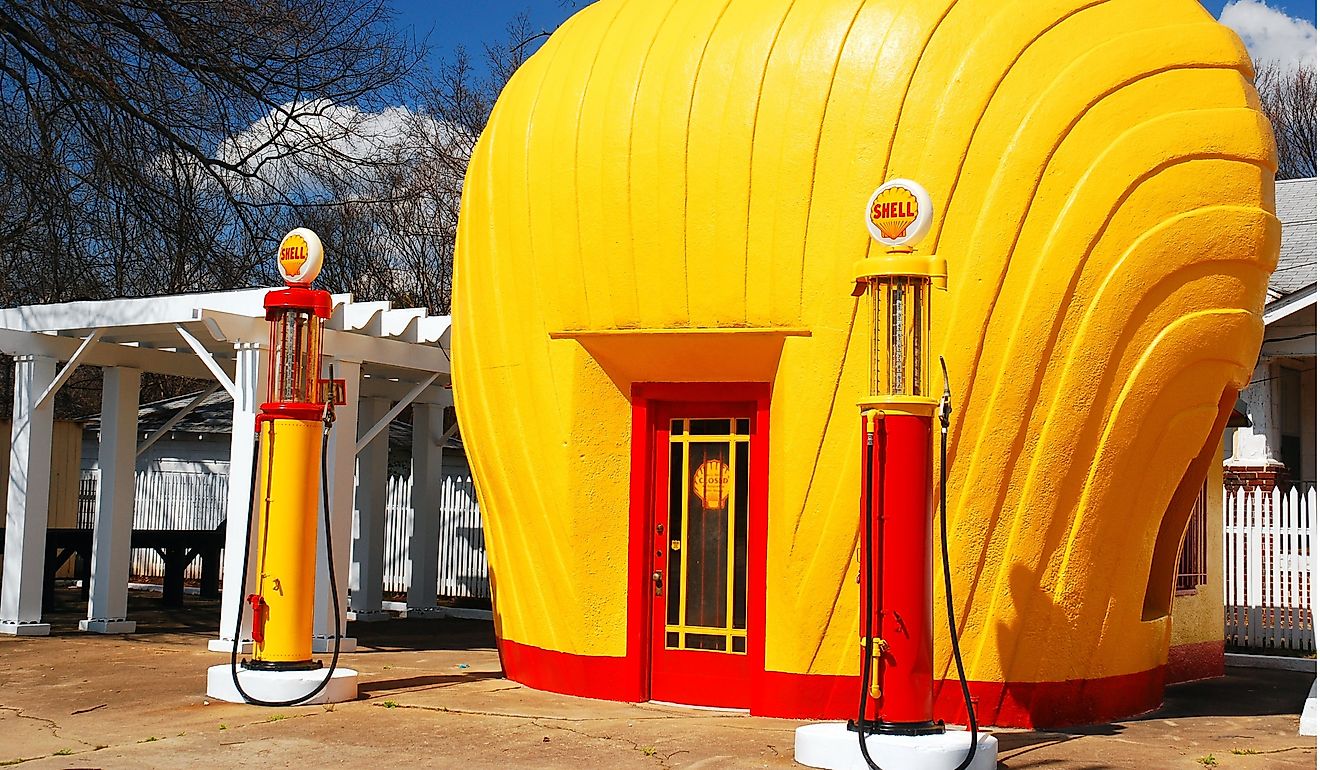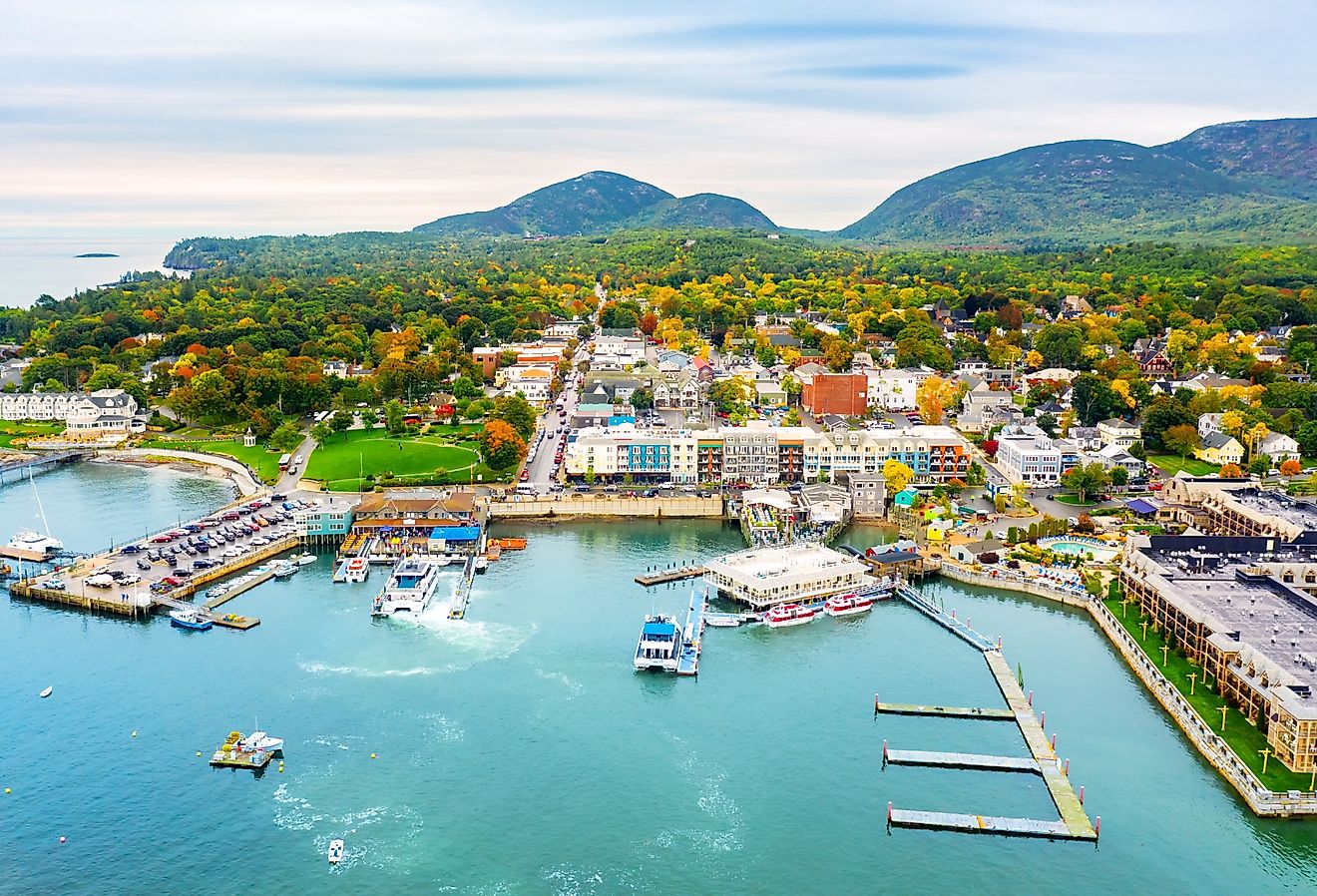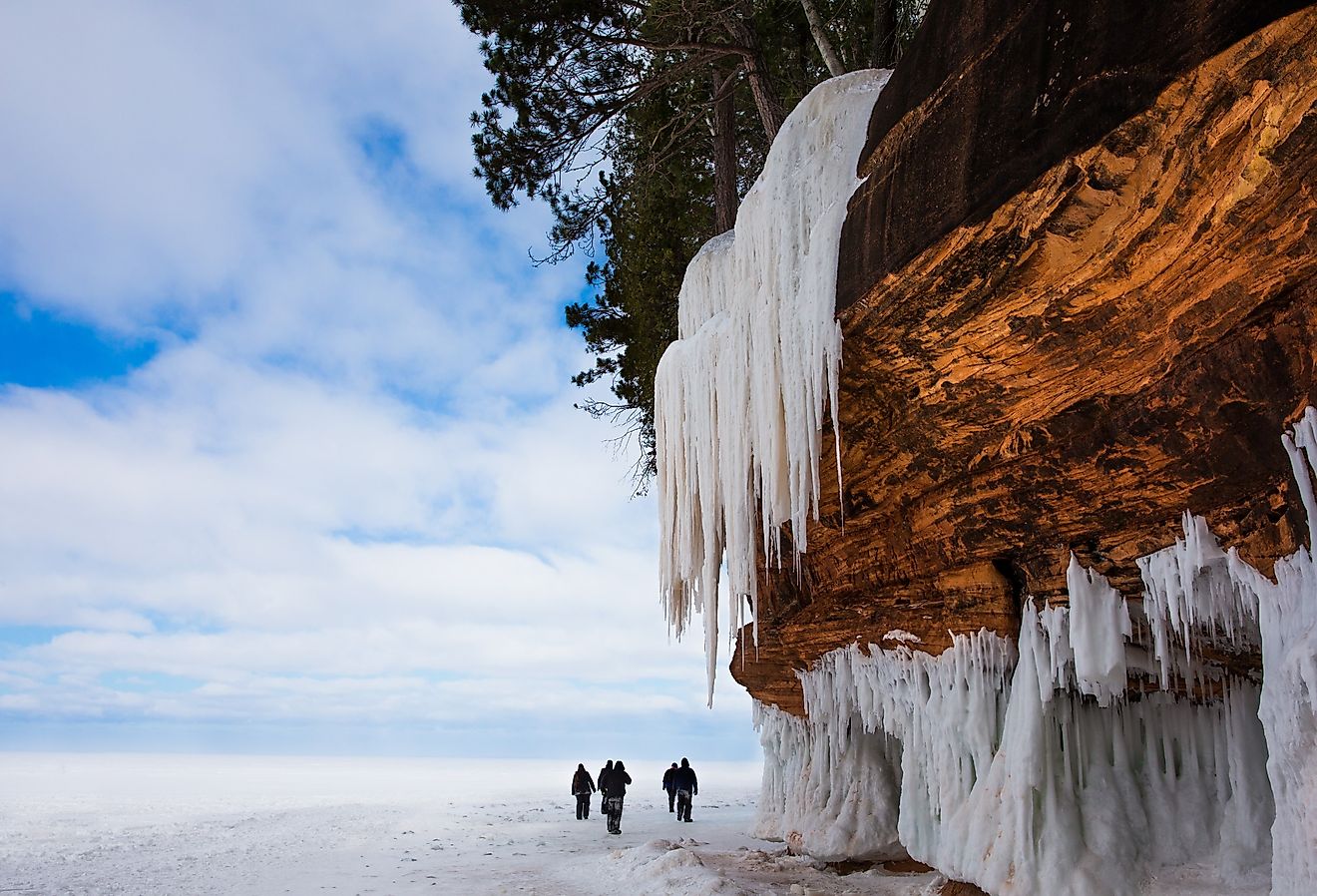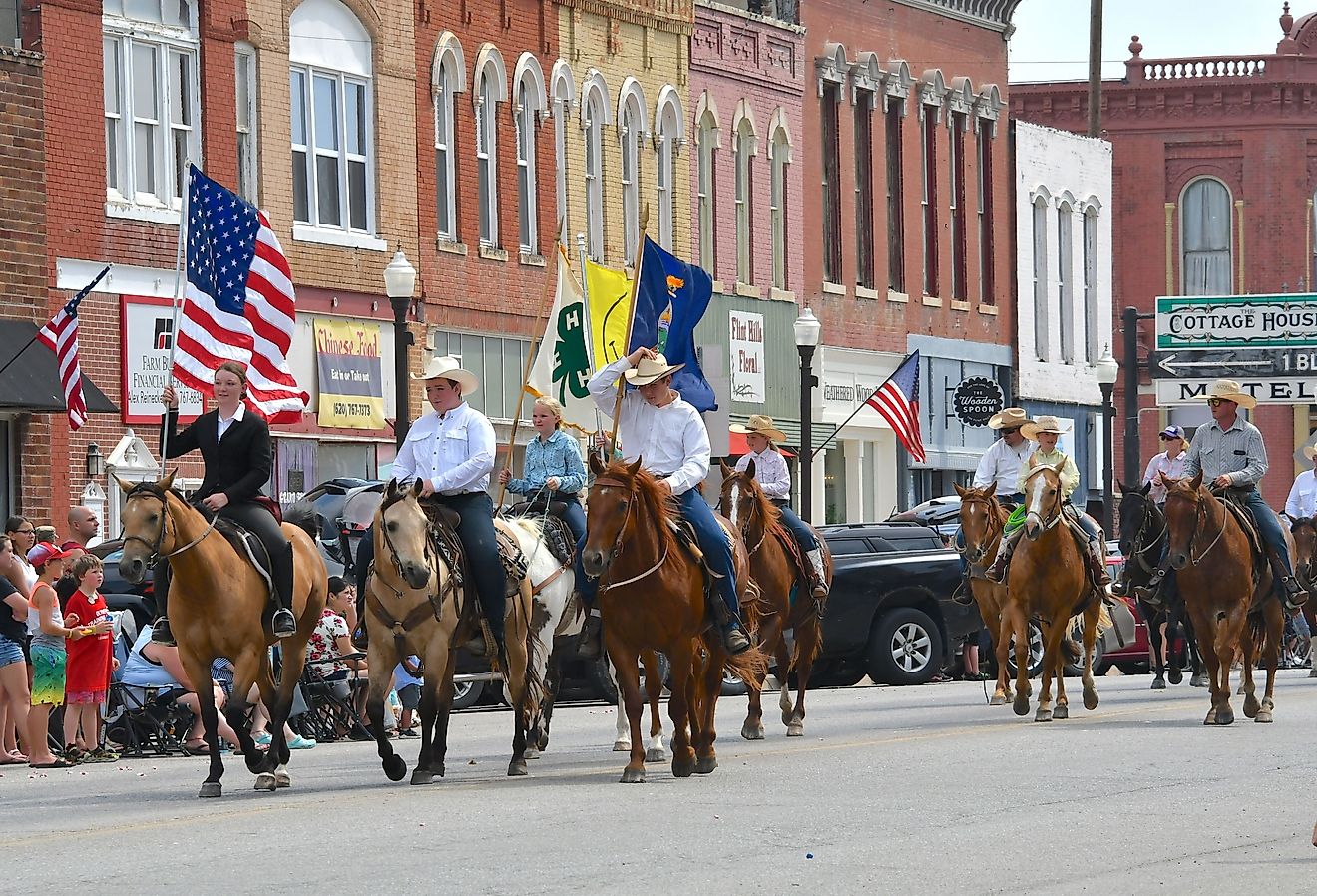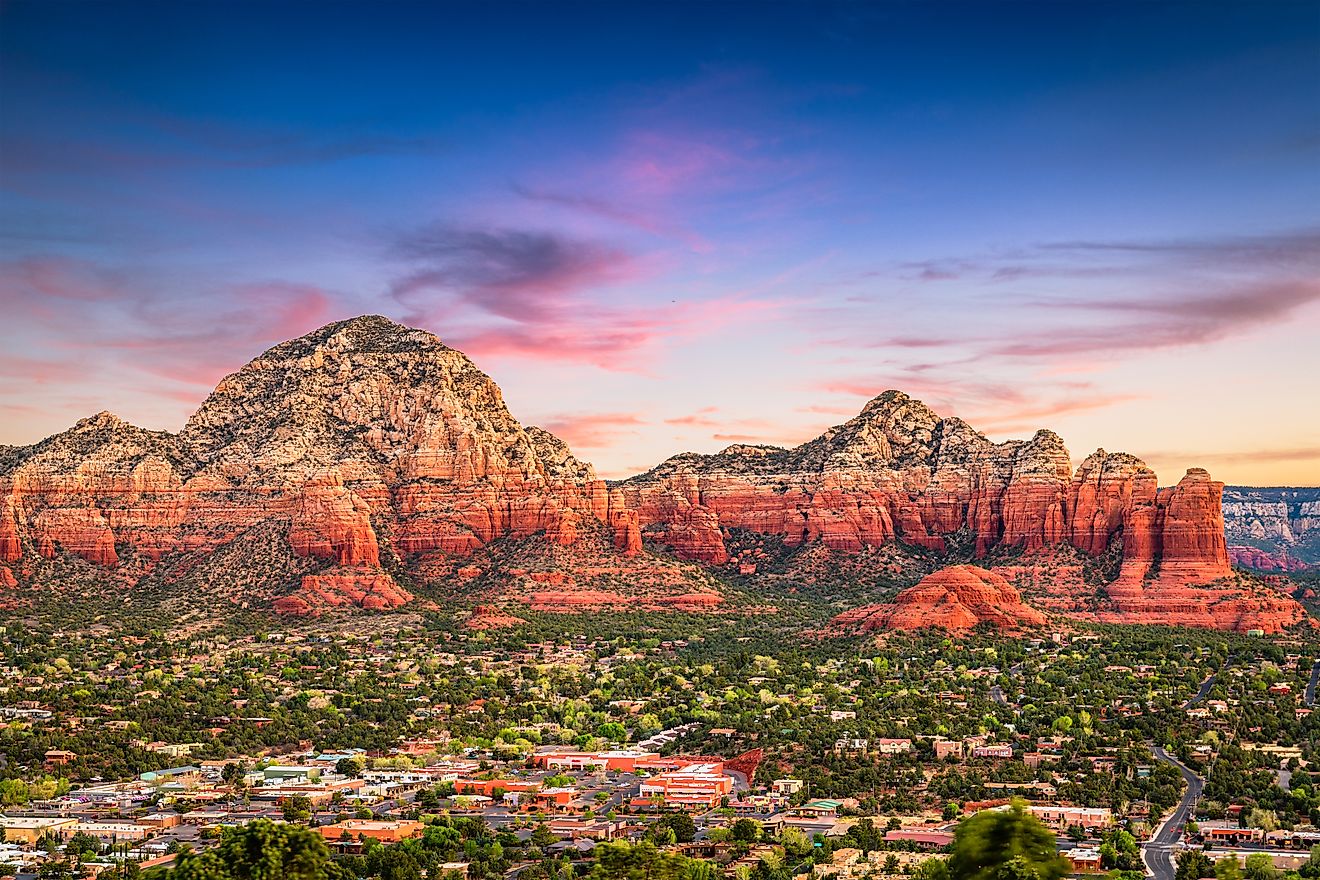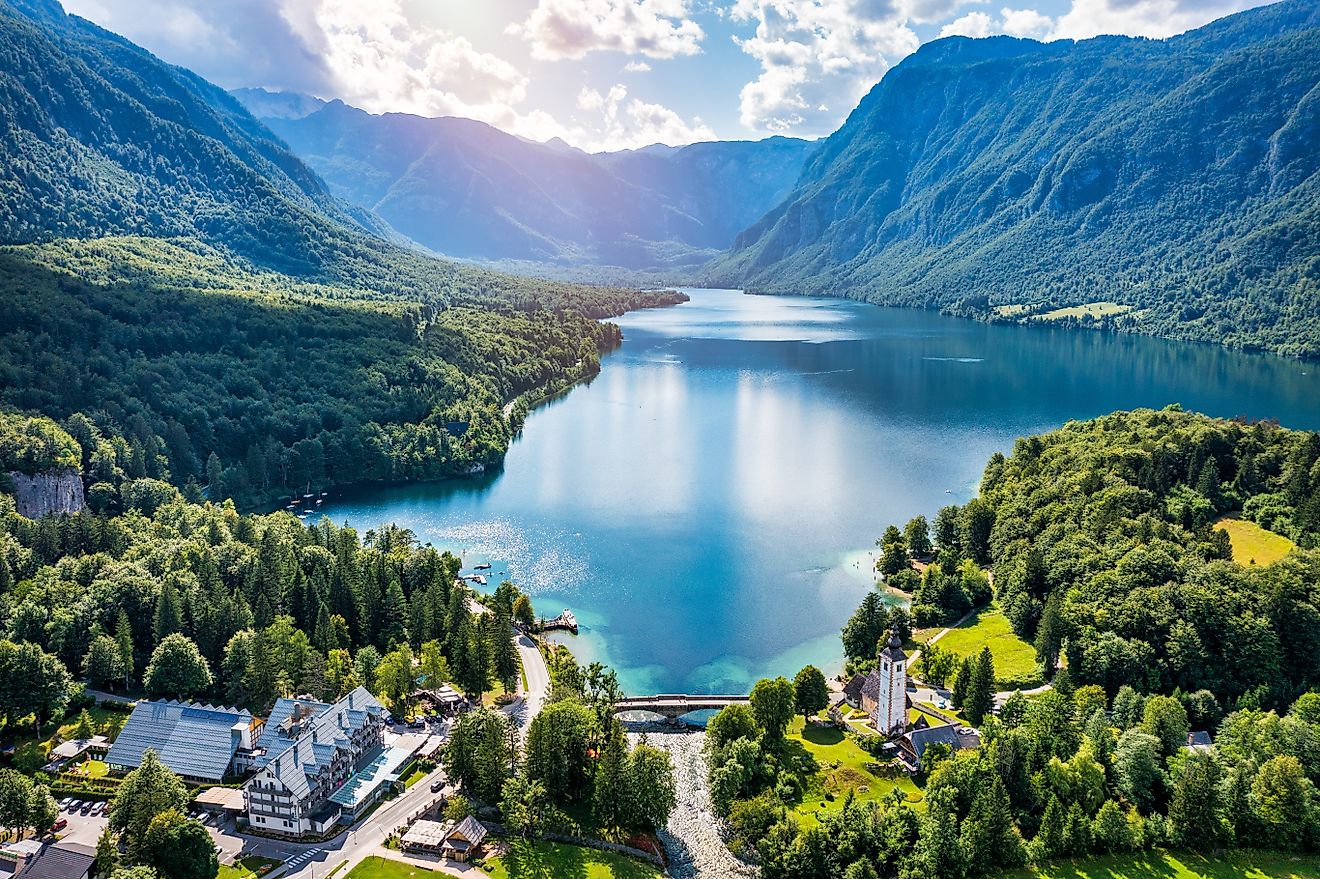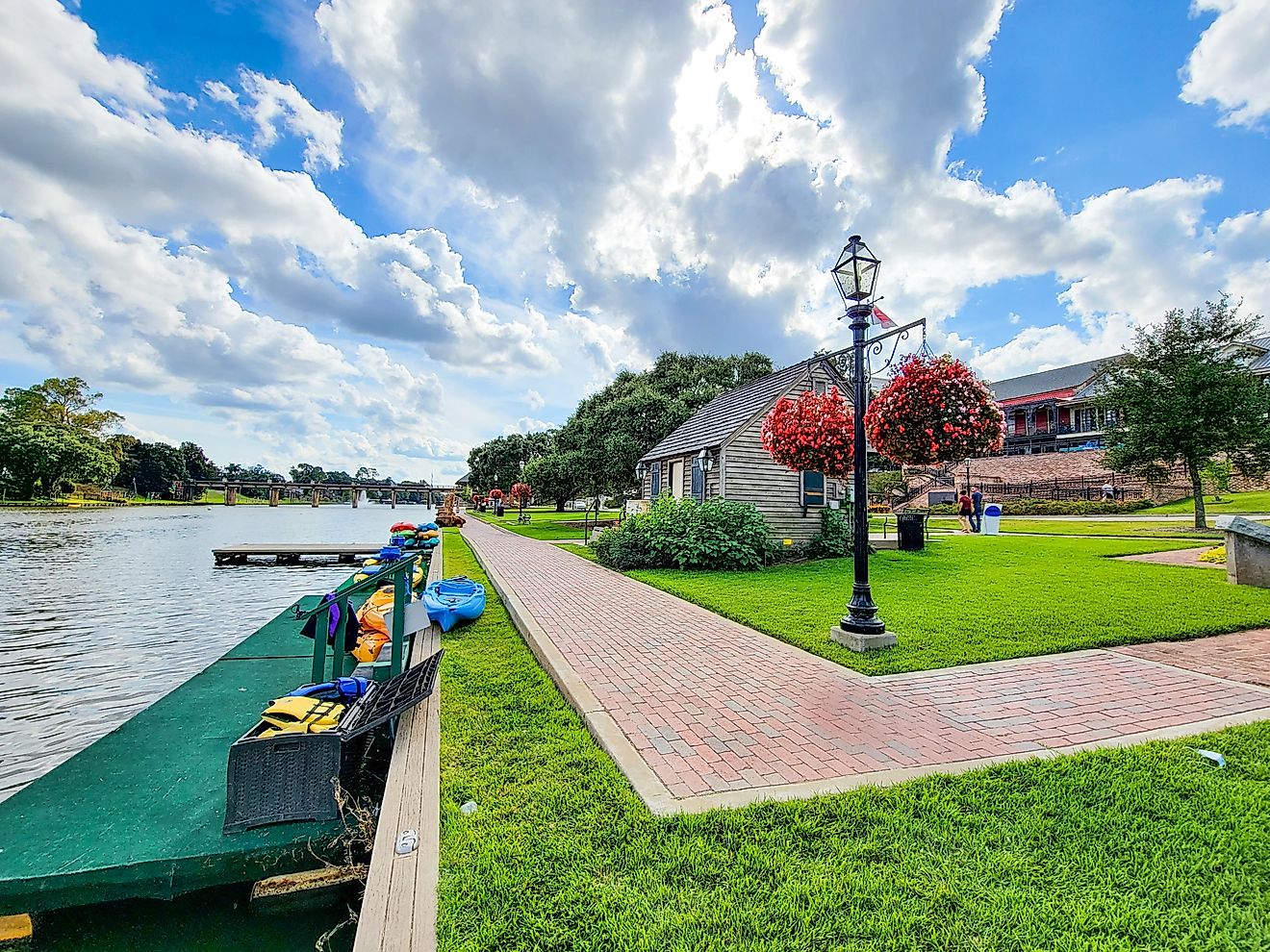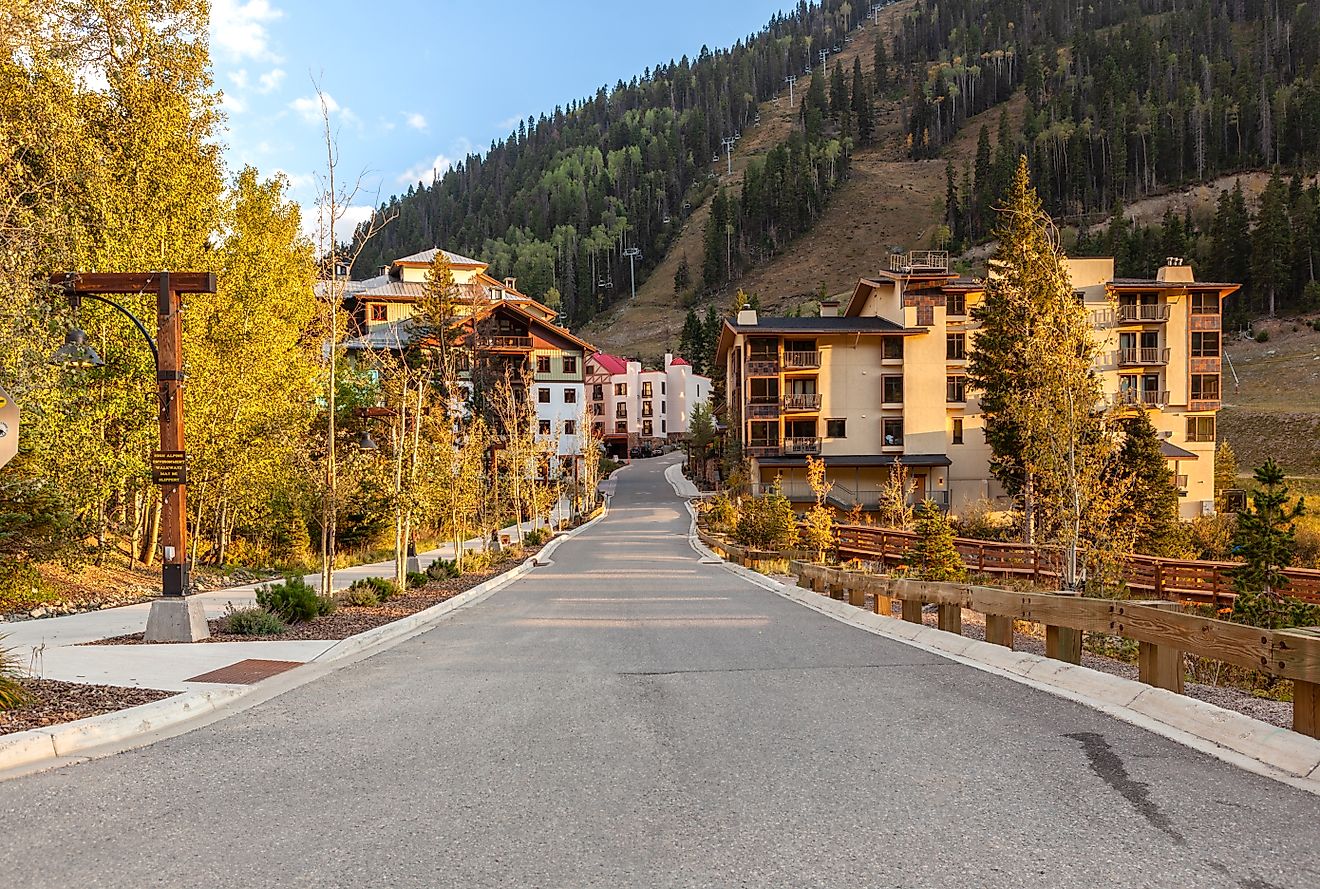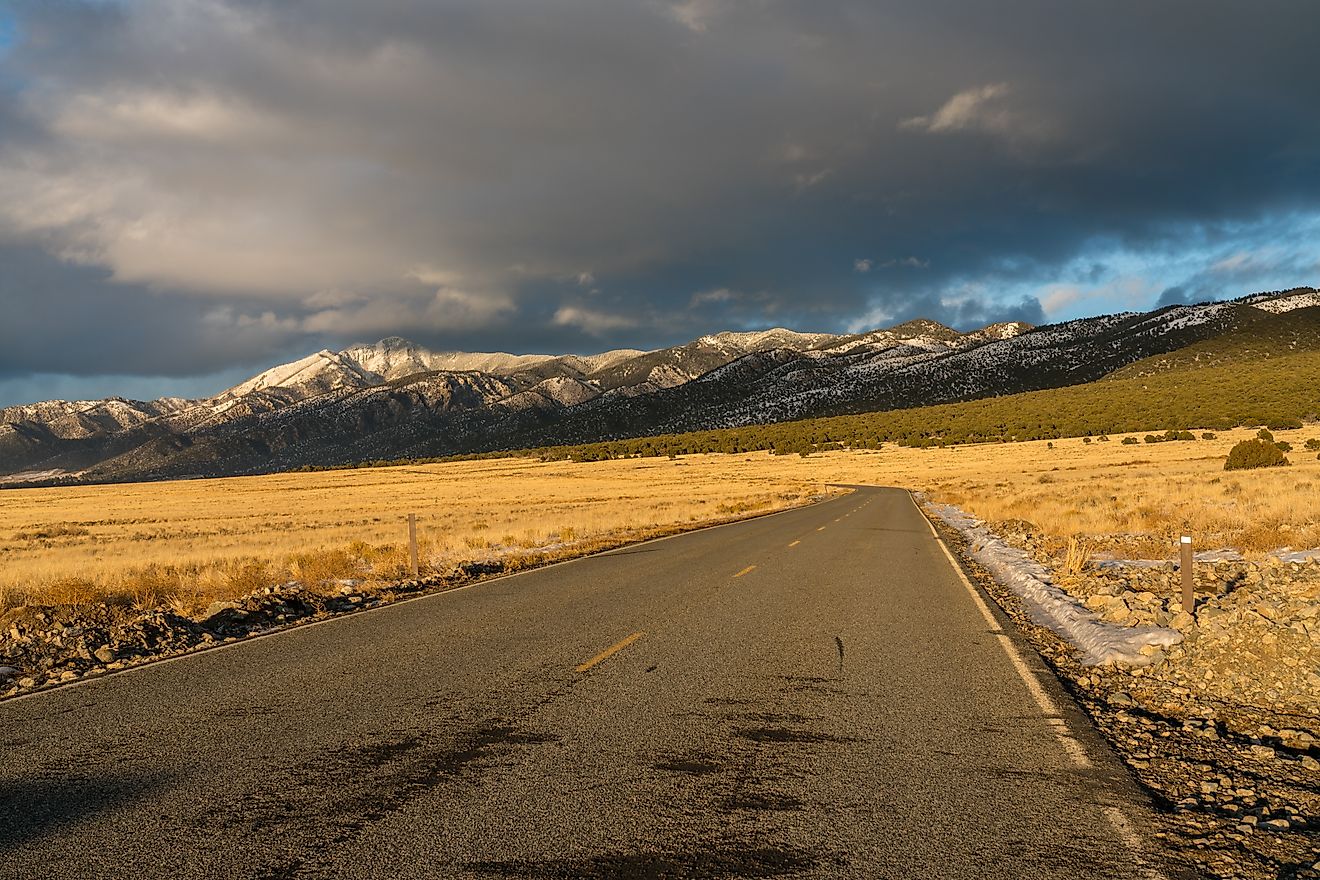Maps of Senegal
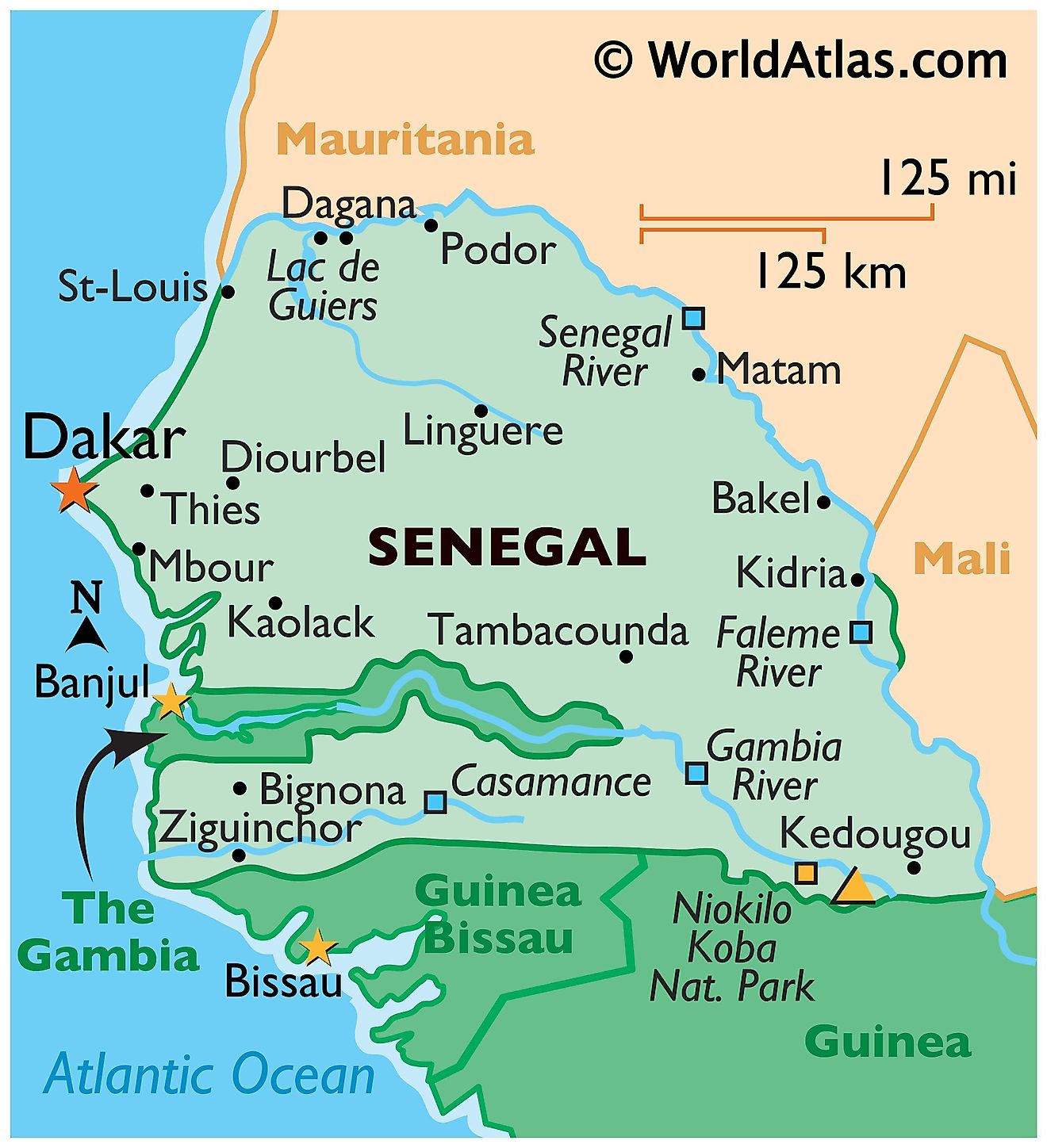
Senegal is a West African country that shares its northern border with Mauritania, its eastern border with Mali, its southern border with Guinea and Guinea-Bissau, and its western border with the Atlantic Ocean. To the northwest, it surrounds the small country of The Gambia, creating an enclave around the Gambia River. Senegal spans an area of approximately 196,712 km2 (75,951 mi2).
Cap-Vert Peninsula: The most westerly point of the African continent is located in Senegal, specifically on the Cap-Vert Peninsula. This peninsula juts out into the Atlantic Ocean and is significant for its unique geographical orientation. Dakar, the capital of Senegal, is situated on this peninsula, benefiting from a coastal climate moderated by sea breezes.
Sahelian Region: Moving further inland, one encounters the Sahelian region, which acts as a transitional zone between the Sahara desert to the north and the more fertile lands to the south. This region has a semi-arid landscape characterized by sparse vegetation, and the rainfall here is relatively low and unpredictable. Grasslands and thorny shrubs dominate this zone. Baunez Ridge, the tallest point in Senegal, is located 2.7 km southeast of Nepen Diakha, reaching an elevation of 648 m (2,126 ft).
Sudanian Region: South of the Sahelian region lies the Sudanian zone. This region receives more rainfall than the Sahelian zone and is characterized by a savannah landscape with grasslands interspersed with trees. The Sudanian zone forms a belt that stretches across the continent and provides better agricultural opportunities due to its more amenable soil and climatic conditions.
Casamance Region: The southernmost region of Senegal, Casamance, experiences a tropical climate with a more defined rainy season. This region stands out for its dense forests and wetlands compared to the other geographical regions of Senegal. The Casamance River, from which the region takes its name, is important for both travel and hydration.
Major Bodies of Water and Rivers: Senegal boasts a variety of important rivers and bodies of water. The most prominent is the Senegal River, which forms the northern border with Mauritania. This river is vital for agriculture, transportation, and fishing. Additionally, the Gambia River flows through the middle of Senegal, surrounded by the country on either side except for its passage through The Gambia.
The Saloum Delta, located north of the Gambia River, is another significant geographic feature. This delta is a complex network of water channels, mangrove forests, and islands.
Regions of Senegal Map
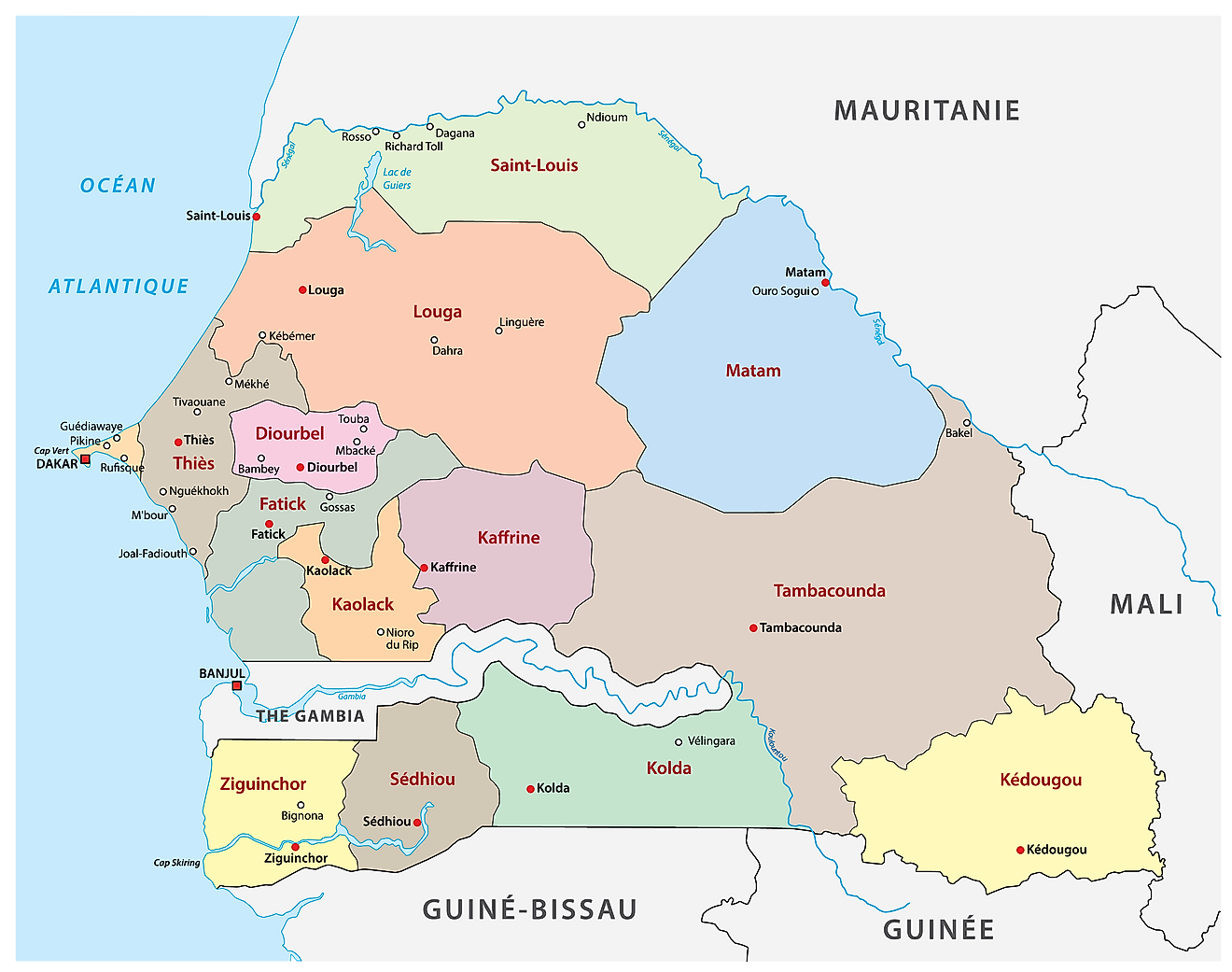
Senegal has four levels of administrative divisions. At the top of the hierarchy are the 14 regions of the country that take their name from the regional capitals. In alphabetical order, they are as follows: Dakar, Diourbel, Fatick, Kaffrine, Kaolack, Kedougou, Kolda, Louga, Matam, Saint-Louis, Sedhiou, Tambacounda, Thies, Ziguinchor.
These regions are further subdivided into 45 departments which are then divided into smaller administrative divisions.
With an area of 42,364 sq. km, Tambacounda is the largest region in the country by area. Dakar that hosts the national capital city of Dakar is the most populous region in the country.
Where is Senegal?
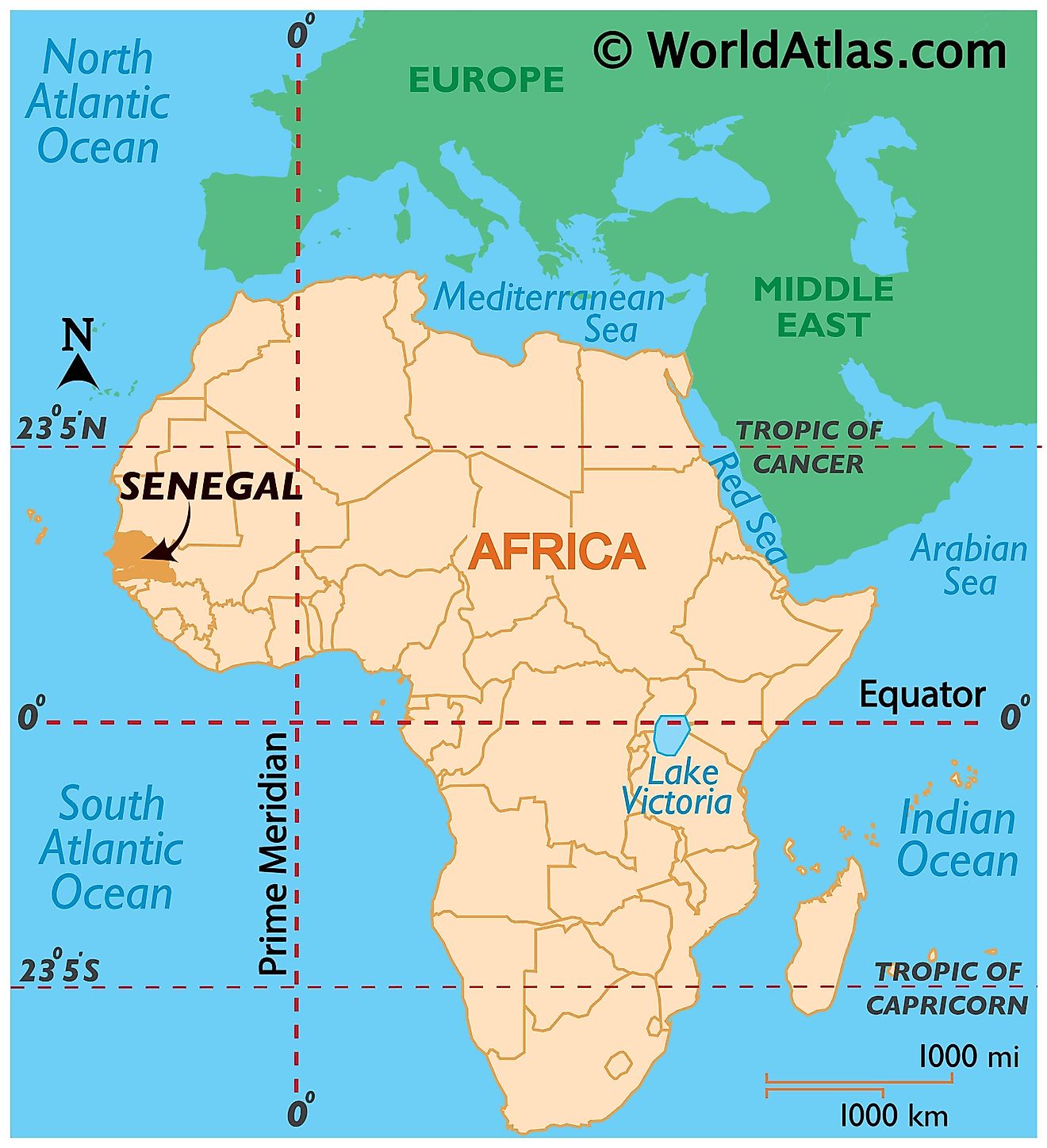
Senegal is a West African country located in the Northern and Western hemispheres of the Earth. It is bordered by four countries; Mauritania, Mali, Guinea, and Guinea-Bissau to the north, east, southeast, and southwest, respectively. The country is bordered by the Atlantic Ocean to the west. Senegal nearly surrounds the small country of The Gambia.
Senegal Bordering Countries: Mali, Mauritania, The Gambia, Guinea-Bissau, Guinea.
Regional Maps: Map of Africa
Outline Map of Senegal
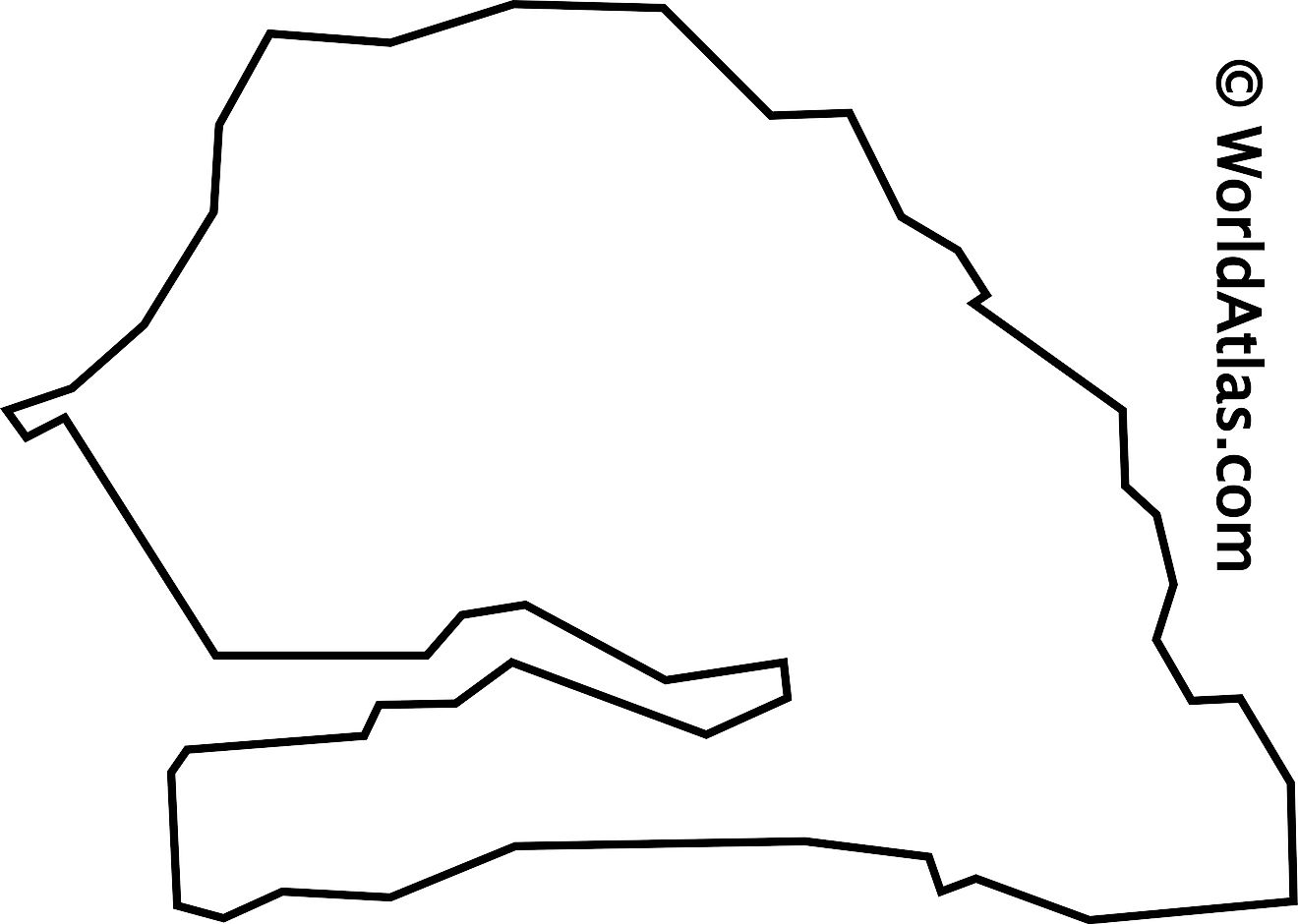
The blank outline map respresents mainland Senegal. The country also has several islands on the Atlantic Ocean which cannot be observed on this map. The map can be downloaded for free, and used for educational purposes like map-pointing activities.
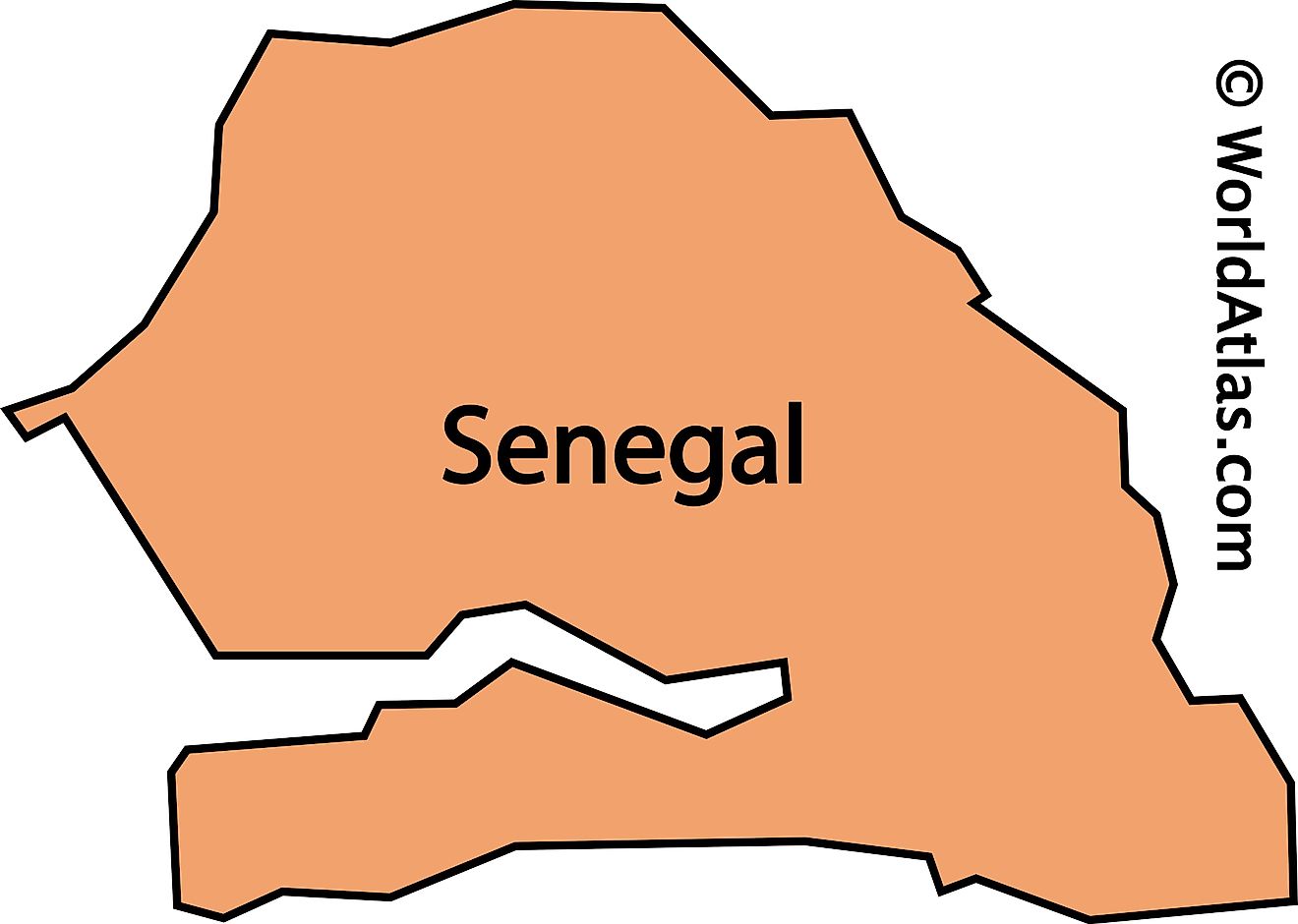
The outline map represents mainland Senegal. The country also has several islands on the Atlantic Ocean. The territory of the sovereign nation of The Gambia cuts through the lower half of Senegal in a west-east direction leading to the narrow indentation observed on the map above.
Key Facts
| Legal Name | Republic of Senegal |
|---|---|
| Flag |
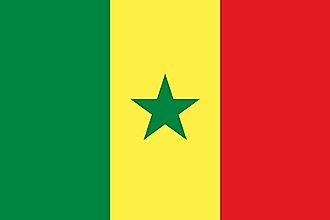
|
| Capital City | Dakar |
| 14 44 N, 17 38 W | |
| Total Area | 196,722.00 km2 |
| Land Area | 192,530.00 km2 |
| Water Area | 4,192.00 km2 |
| Population | 16,296,364 |
| Major Cities |
|
| Currency | Communaute Financiere Africaine francs (XOF) |
| GDP | $23.58 Billion |
| GDP Per Capita | $1,446.83 |
This page was last updated on October 23, 2023
